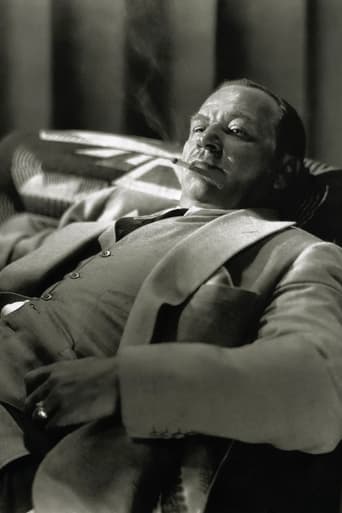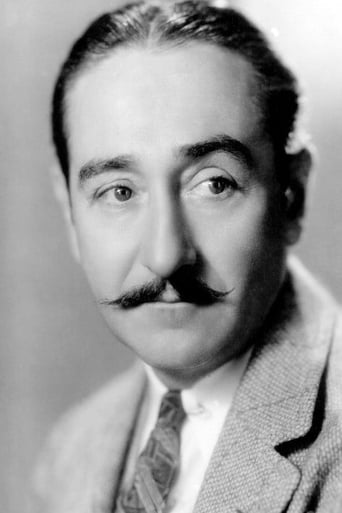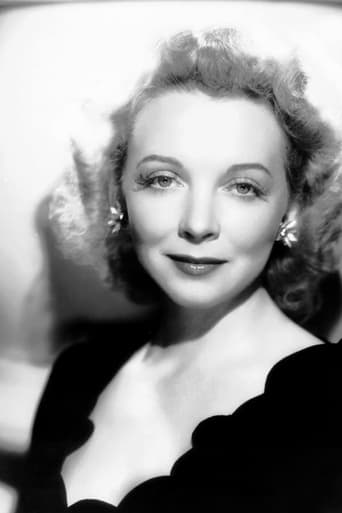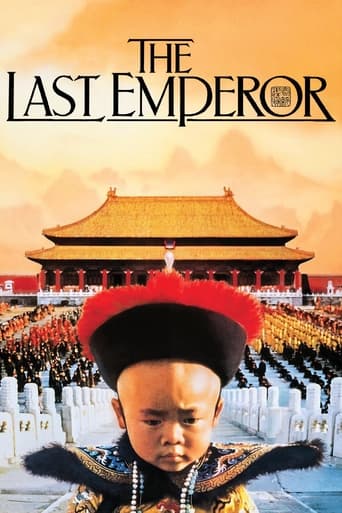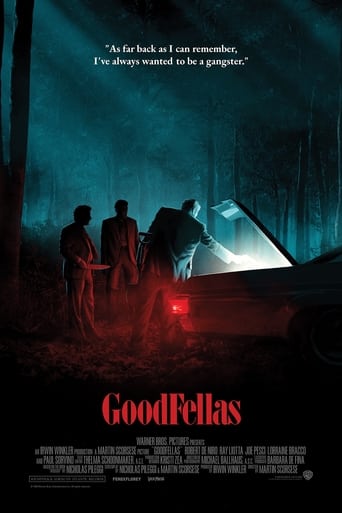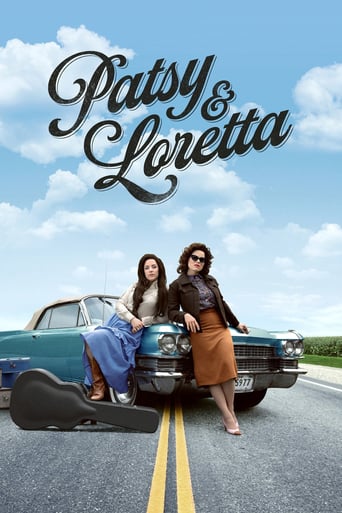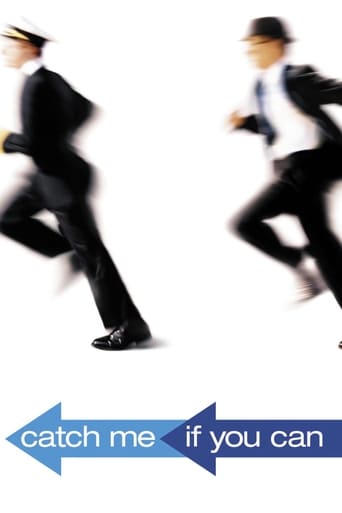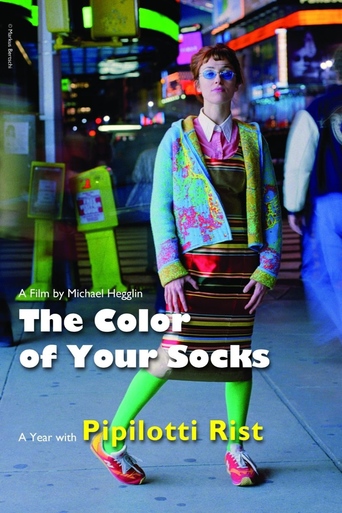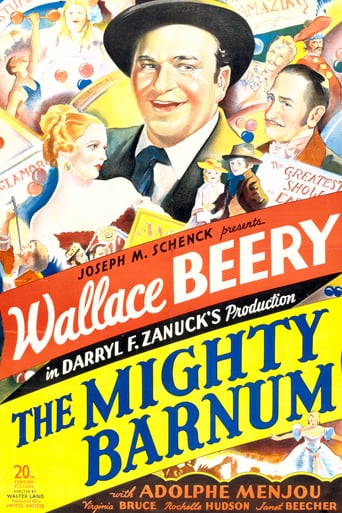
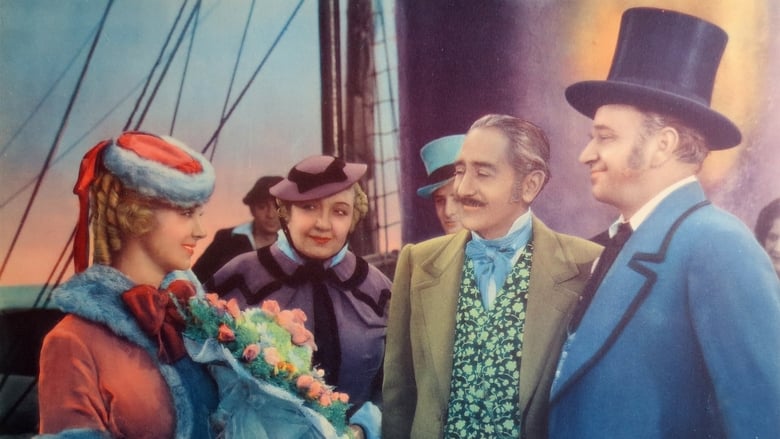
The Mighty Barnum (1934)
20th Century Fox's highly fabricated film biography of circus showman P. T. Barnum stars Wallace Beery (as Barnum), Virginia Bruce (as Jenny Lind), Janet Beecher and Adolphe Menjou. Released in 1934.
Watch Trailer
Cast
Similar titles
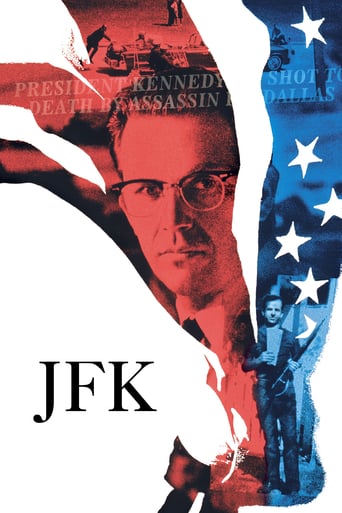

Reviews
The Age of Commercialism
hyped garbage
Easily the biggest piece of Right wing non sense propaganda I ever saw.
The acting in this movie is really good.
THE MIGHTY BARNUM (1934) would make an interesting double bill with Tod Browning's horror film, FREAKS (1932). Both films employed a number of actual freaks in their casts. While FREAKS portrayed them in an exotic way, with a certain sinister undertone, particularly in the horrific finale, BARNUM treats them as ordinary people and gives at least three of them substantial dialogue scenes in which they interact with Mr. Barnum (Wallace Beery). At one point, they descend on Barnum's house to make certain demands and Barnum indignantly dismisses them as "freaks" and sends them away. Later, when Barnum is down and out, the midget Tom Thumb (or "General" Tom Thumb as Barnum christens him), played by George Brasno, finds Barnum on a park bench on a cold night and invites him to his home, where all the other freaks soon gather to show their support for Barnum and offer to participate in a new venture with him. It's quite a touching scene and a far cry from the behavior of the title characters in FREAKS.I always find it interesting when historical figures turn up unexpectedly in old movies. Virginia Bruce as Swedish singer Jenny Lind is, of course, a major figure in the film, but who expected poet Henry Wadsworth Longfellow to appear as a special guest at the banquet in Lind's honor? Played by Frederick Vroom, he has one line in which he declares he'd be delighted to compose a poem about her. A recurring character is a newspaper publisher named Greeley. When we see the newspaper headlines about his feud with Barnum, his name is printed as James Gordon Greeley, suggesting a composite based on two pioneering New York newspapermen of the 19th century, James Gordon Bennett and Horace Greeley. However, in the closing cast list, the character name is given as Horace Greeley. Also, Daniel Webster is listed as a character in the cast list, but I spotted no character in the film identified as Webster or anyone even resembling him.The film is played as a series of vignettes occurring over a span of decades. Each sequence ends with a fade-out. Most seem to be played for laughs. One funny bit has Barnum asking his old Swedish masseur how to compliment Miss Lind on her loveliness in Swedish. Barnum is supplied with a phrase which, when uttered at the banquet, has catastrophic results. Did Barnum mangle the phrase or did the old Swede pull a prank on him? Only a Swedish speaker can tell you. Early on, there's a comic scene involving Barnum's attempt to find out if the Bearded Lady is really a lady, in answer to charges of fraud. The lady (played by actress May Boley, who wasn't bearded in her other films) thinks Barnum's attention is of a romantic nature and she responds in kind. (Hey, even a bearded lady needs love.) There's a romantic subplot about Barnum's beautiful teenage niece, Ellen (Rochelle Hudson, who was 18 at the time), falling in love with Barnum's middle-aged partner, Walsh (Adolphe Menjou, who was 44 at the time). After they kiss (amidst a set of contrivances too complicated to explain), she reveals her feelings about him, only to be told she's too young. She asks him to promise to wait until she's of age. Years go by and Barnum becomes a successful entrepreneur and one day Walsh returns from Europe with Jenny Lind, the world-famous "Swedish nightingale," under contract. Ellen is there at the dock to greet them and happily announces to Walsh that upon her birthday next Tuesday she'll finally be of age. Now, the earlier scene of Walsh and Ellen took place in 1835 and the historical record shows that Jenny Lind came over to the U.S. in 1850. Some rather puzzling math, huh? The movie takes place over the course of some 45 years if you go by the timeline in any biographical entry on Barnum, yet every major character looks exactly the same throughout.
Warner Beery made one really good film biography in his career: VIVA VILLA. If it did not catch the truth of the story of Francisco Pancho" Villa, it came close to giving a fascinating view of the personality that to many Americans remains (with his associate Zapata) the key figure of the Mexican Revolution of 1910 - 1921. But it was not his only biographical film. The film that followed VIVA VILLA was THE MIGHTY BARNUM, which emphasized Beery's comic abilities. It was not as good a movie.Beery was at the height of his Hollywood stardom (he was not the regular comic lug yet, except in some of the films with Marie Dresser). In 1930 he did arguably his best film performance as Butch, the gangster in THE BIG HOUSE who keeps pining over his unseen girlfriend. In 1931 he shared (with Fredric March) the best actor Oscar for his performance in THE CHAMP. In 1933 he would be Dan Packer, the wealthy scoundrel with political ambitions and a troublesome toy wife (Jean Harlow) in DINNER AT EIGHT. In 1934, besides VIVA VILLA he did his best co-starring film with Jackie Cooper, TREASURE ISLAND. And in 1935 he and Harlow were reunited with Clark Gable and Rosalind Russell in CHINA SEAS. Artistically Beery was at his peak.THE MIGHTY BARNUM demonstrates that a great performer or star does not have to be in a slump to make a turkey, but can make one in the midst of a trove of great performances. It is not that Beery does not try to give a good performance as the great 19th Century impresario, museum owner, super humbug (but lovable one), and circus magnate. It is just that he's saddled with such a weak script that he does not know what to make of his role. Occasionally he seems a visionary about the entertainment world (which old P.T. really was - he thoroughly understood glitz and advertising was a key to success, long before his rivals did). But Barnum was (on the whole) a shrewd, skillful businessman. He was tricked badly once in a swindle involving a clock company that was failing - it led to his temporary bankruptcy. But most of the time he and his shows (and his skillful, entertaining tricks) made a great deal of money. Beery's Barnum will push certain people or exhibits for what they are worth, but he keeps coming a-cropper regarding properly developing them.The script writers were doing this on purpose. They wanted to spring a last minute surprise on the audience concerning Barnum's friend and adviser, Mr. Walsh (Adolphe Menjou). Menjou always suggests the smart thing to do to push the various acts Barnum controls, and Barnum's weakest point is when Mr. Walsh and he quarrel for a few years. Only at the tail end, when they have made their apologies, and Barnum offers Walsh a partnership, does he learn that his friend's first name is "Bailey". This is as bad a conclusion as that of Don Ameche's biography about Stephen Foster. As has been mentioned in the other review of this film here, Barnum's brilliant business partner was James Bailey. Show Walsh to the "Egress".The other roles include various Barnum celebrities and fakes: Joyce Heth, the Feejee ("Fiji") Mermaid, the Cardiff Giant, General Tom Thumb, Jumbo, and, of course, Virginia Bruce as Jenny Lind. The fact that Barnum actually improved the entertainment of the masses in America is not commented on (his Museums had lectures in them, and he tried to stress some educational features in his menageries and circuses dealing with animals). His love of fooling the public (which laughed at his fooling) is emphasized.It's an entertaining enough movie, but try to catch the television films starring Burt Lancaster or Beau Bridges to get a closer look at the real man Phineas Taylor Barnum, one time member of the Connecticut Legislature (and nearly Governor of Connecticut), and one of the 19th Century's most colorful and memorable figures. And, if you have a chance, go to Bridgeport and see his home, which is a famous circus museum now - fittingly enough.
It's amazing that an individual like PT Barnum actually existed at one time and film writers didn't have to go and create him. An extraordinary character for better or worse. Love old Hollywood though! ... as they got away with so many falsehoods. The opening caption of this movie makes no bones about it being non-truthful to the facts of Barnum's life. So at least 20th Century studios(there was no Fox yet) were just being honest about it. The flick is a lost opportunity to tell a much more coherent story as it jumps back and forth through many decades of Barnum's life & career mixing up events and taking them out of chronological order. The writers credited were top-notch. Gene Fowler was a well known novelist and Bess Meredith had been screenwriting since the silents. I think those two meant well but it just doesn't gell in the final product. Wallace Beery is well cast as PT Barnum physically but tends to lay on too much of his shifty-mugging self as he had done and continued to do in film after film. Director Walter Lang should have toned down Beery's mugging and had him be more subtle with more close-ups to his face. This would've made Beery as Barnum a little more introspective. It would have shown the audience what made Barnum tick!HIGH POINTS in this production are: the inclusion of Rochelle Hudson in a role that I don't know is factual or not as Barnum's 'niece'. Hudson, twenty at the time and already a veteran screen actress is just delicious eye candy with a beautiful face. She brightens up this picture in all of her scenes. She was one of the prettiest actresses to come out of 30s Hollywood. The fire sequence where Barnum's Museum burned down and the caged animals caught in this trauma is pretty accurate as the real Barnum had about 5 to 10 fires and train wrecks. Virginia Bruce, attractive,like Hudson, makes a believable Jenny Lind. Jeanette MacDonald would have probably been ideal as she could really sing opera but Bruce is quite adequate. Many Barnum favorites are represented ie: Joice Heth, Tom & Lavinia Thumb, Jenny Lind, Jumbo the Elephant, The Bearded Lady and quick glimpses of other so-called Barnum 'freaks'.INACCURACIES abound: Most notable is Janet Beecher's Mrs. Barnum. The question is which one is she playing? Beecher is obviously playing Barnum's first & long suffering wife Charity but in this film she's called Nancy which was the name of Barnum's much younger second wife Nancy Fish. Also dear ole Adolphe Menjou, who brings a touch of class to all of his roles, is playing a man named Walsh, Barnum's partner. Obviously Walsh is a thinly disguised James Bailey.(Surprisingly at the very end of the film Walsh reveals his 'first' name to Barnum, after decades of partnership, as being named "Bailey Walsh".) In reality James Bailey & PT Barnum would not join forces until near the end of Barnum's career. So Walsh(Bailey),having anything to do with early Barnum events such as with Jenny Lind or Tom Thumb, as shown in this movie, is just ludicrous. Another scene shows Tom Thumb & Lavinia Warren already married when they meet Barnum. Nada, as Barnum was the one who introduced Lavinia to Tom. Still another falsehood shown in this movie is that Jenny Lind sent Jumbo the Elephant to Barnum as a gift. Laughable as Lind had severed ties with Barnum thirty years before.20th Century gave the Barnum legend a shot. It's a big production so the ambition was represented in that. But the true Barnum story got lost somewhere. My take is they KNEW enough of the true Barnum story to tell it accurately but proceeded nevertheless to purposely jumble the real events. A lost opportunity about a remarkable character.
